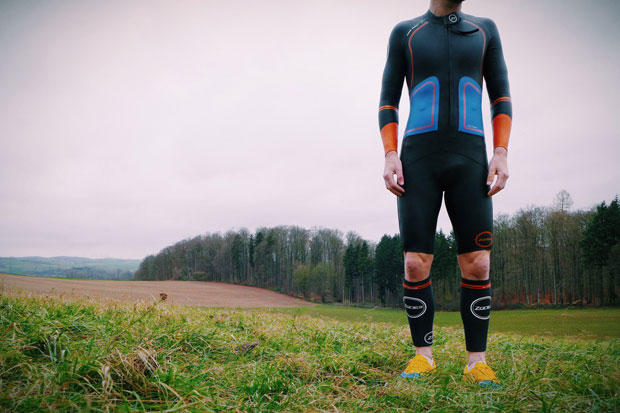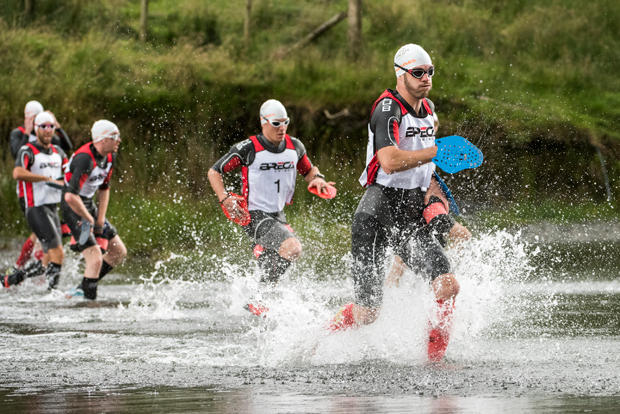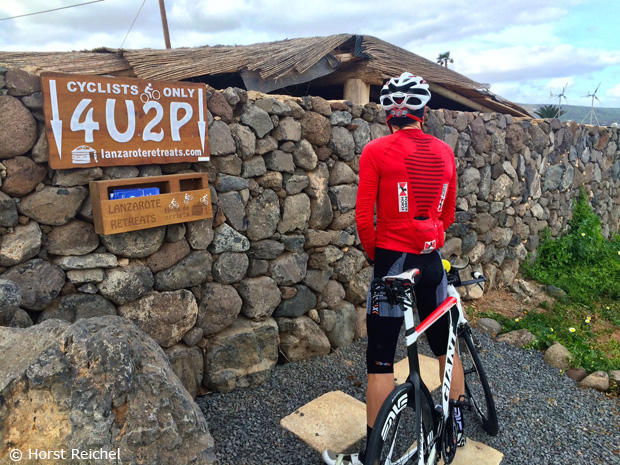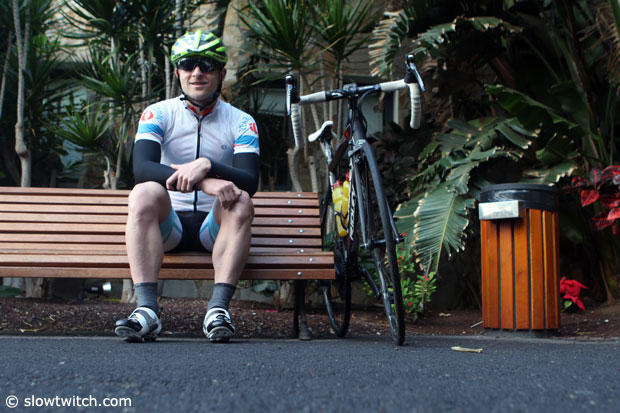Training in La Palma, Spain
It is difficult to deny that there are many similarities between Hawaii's Big Island and La Palma, Spain despite 14,000 kilometers of sea between them. Both of these islands were created by volcanic activity thousands of years ago. Both feature an amazing range of climate zones and stunning natural backdrops, and the two landmasses are world renowned for their astronomical observatories, but there are also some differences.
Hawaii’s Big Island is a household name for triathletes and sport enthusiasts everywhere. La Palma, the fifth largest of the seven main Canary Islands, is not well known within the endurance sport scene, although triathletes, runners and cyclists venture to the nearby islands of Gran Canaria, Lanzarote and Teneriffe. But La Palma is a jewel in its own right when it comes to training.
Throughout the Christmas and New Year holidays, we spent a couple of weeks training around La Palma and were amazed by the raw beauty and plentiful training opportunities. Some other training destinations feature tourist attractions and lots of extras, this place is just the basics. Not many huge hotels or training resorts can be found here. Peaceful little hotels, old-style guesthouses and a range of rental houses are on offer. Mass tourism has not yet taken over this traditional spot, evidenced by the tranquil island vibe that can be felt just about everywhere on the La Isla Bonita.
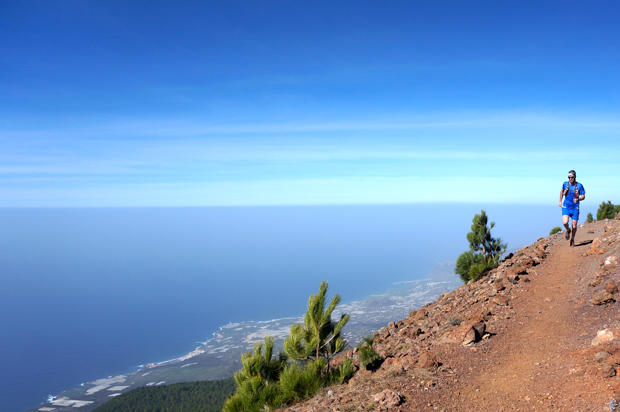
Few airlines serve the airport of Santa Cruz de la Palma directly (not to be confused with Santa Cruz de Tenerife!), so most people fly in via Tenerife, Gran Canaria or mainland Spain hubs Madrid and Barcelona. There are a few direct flights offered from Belgium, Germany, the Netherlands and the United Kingdom.
Much like Hawaii's Big Island, this little Spanish volcanic island holds much for triathletes to explore and experience.
Swim
It is difficult to find many good training pools the island, but it is even harder not to plunge in the striking Atlantic sea which offers several great spots for open water drills. Local athletes commonly train beside the Santa Cruz marina as it features numerous buoys. La Palma is not an island well-known for its beaches because of the many harsh volcanic cliffs around the coastline. Still, beaches can be found and we had proper session in the Atlantic Ocean every day.
There is a charming 50-meter open air pool above the city of Santa Cruz. The pool is located in the sports complex “Ciudad Deportiva Miraflores”. Properly it is one of the most stunning pools you ever swam. Despite the prominent location of the complex and the beautiful vistas, the pool was never crowded.
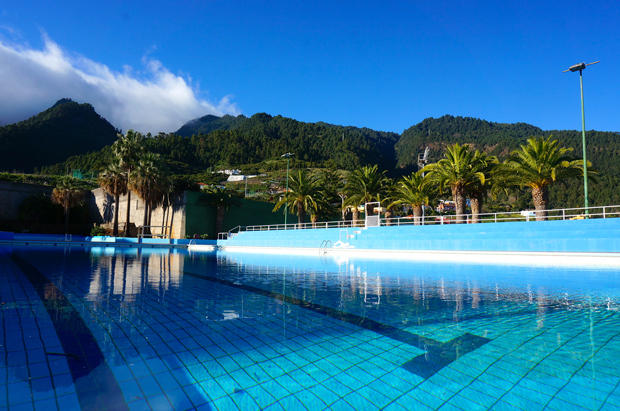
Bike
Triathletes should be aware that La Palma is not an ideal place for smooth base miles. But the biking is still exceptional – the main roads as well as the smaller streets are in great condition and the little alleys are magical. But there are very few flat places to ride so you will need some base fitness to fully appreciate and enjoy cycling on La Palma. There are several popular bike routes, none of the streets are crowded and traffic is very easy going. Infinitesimal roads wind across the terrain, and the ascent to the island's highest point, the Roque de los Muchachos (2,423 m), is an outing you will never forget.
While the island is good for road cycling, there is also an immense variety of off-road paths to explore. It is difficult to choose which bike I would take to the island.
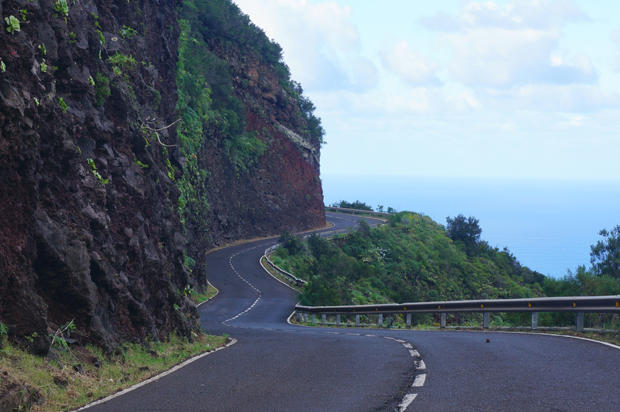
Run
La Palma is well liked by hikers and trail-runners for its massive network of exciting and varied paths. The trail running scene is rapidly developing here, and the hard-hitting “Transvulcania” ultra marathon crosses the island each year. The 73.3 kilometer competition is part of the global Skyrunning series, and takes runners from all over the world through 4,415 meters of elevation gain.
The rich nature paired with well-marked hiking trails is heaven for run training, but just as with the cycling options, runners should expect plenty of elevation changes. However because the local roads are not busy, flat runs are an option on some sections. Alternatively, the “Ciudad Deportiva Miraflores” not only features the pool that was mentioned earlier, but it also provides a perfect synthetic track that never seems to be crowded.
La Palma is a pretty singular place. It is not a typical training ground, but this is precisely what makes this spot so extraordinary and inimitable. This island brings you back to the essentials of the sport.
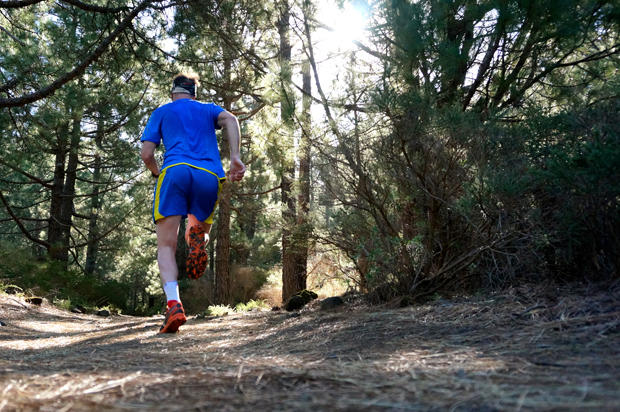
This volcano rock has the shape of the island. We found it during one of many training runs alongside the “Ruta del los Volcano". The trail is a part of the GR 131 long distance footpath that covers sections of the island.
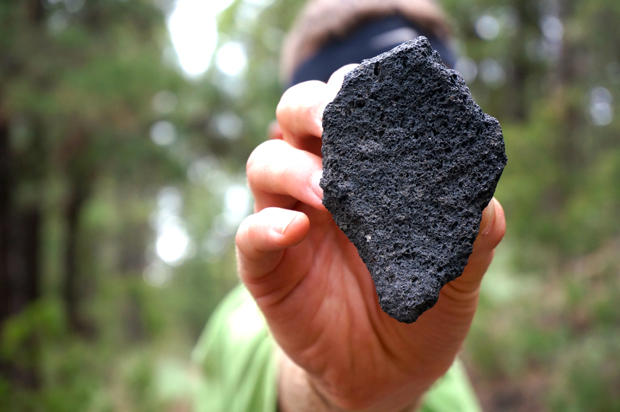
Humble wooden cabins like this can be rented all over the island. These simple huts are a smart base for a training camp on the Isla de la Palma.
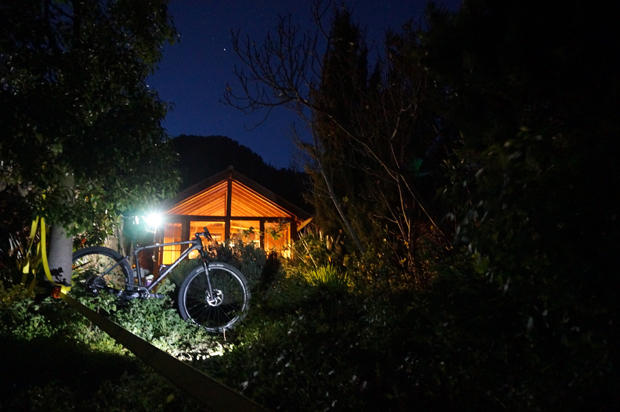
La Isla Bonita’s highest mountaintops reach over 2,400 m above sea level, and the base of the landmass is situated almost 4,000 m below sea level. The northern part of La Palma is dominated by the “Caldera de Taburiente”, with a width of 9 km and a depth of 1,500 m. Trails range all over the Caldera – a picture-perfect spot for running sessions.
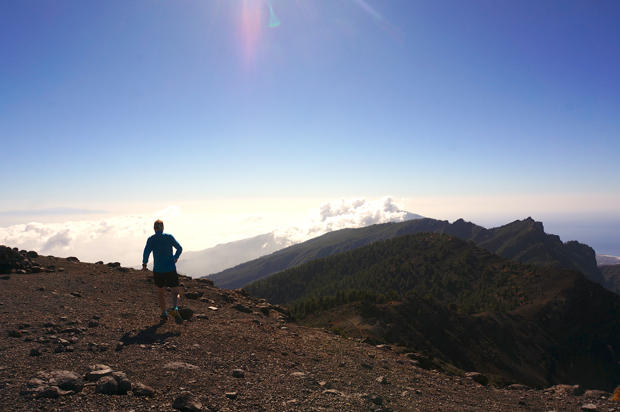
A hotspot for open water swim training – the Santa Cruz shoreline.
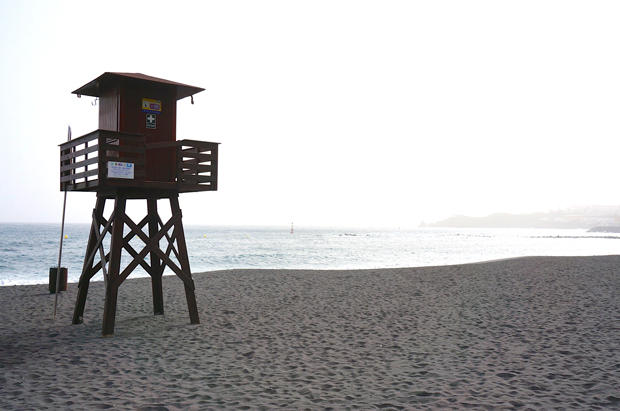
Swimming in the open waters is easy with weather like this.
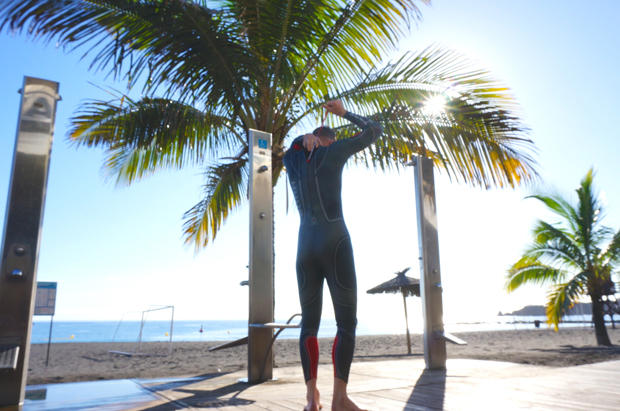
No, this picture is not taken on Hawaii’s Manua Kea. Due to its location and the elevation of its mountains, La Palma's main peak, the Roque de los Muchachos, is home to a number of international observatories.
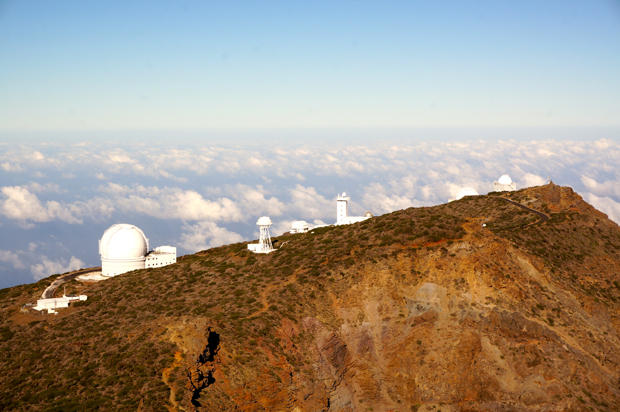
Roads like this, combined with minimal traffic, make cycling pure joy.
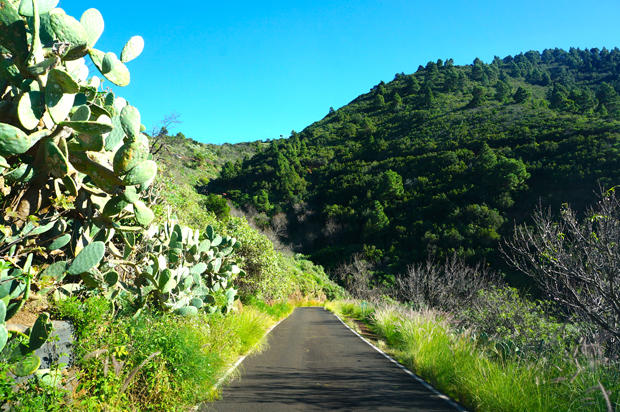
While riding across the mountain, it is common to enter one side in complete cloud cover and find the other side flooded in sun.
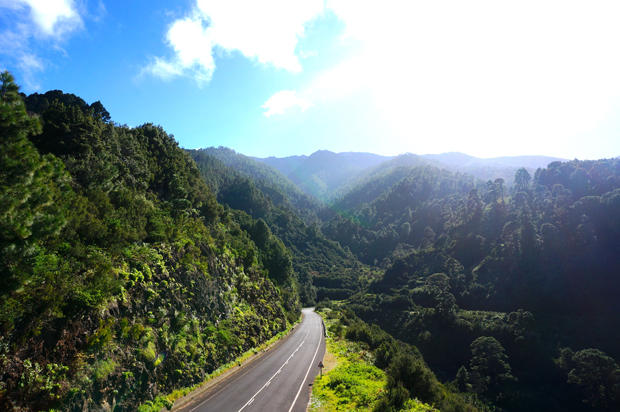
A track with a view. The 400m oval in the “Ciudad de Miraflores” complex is a stunner.
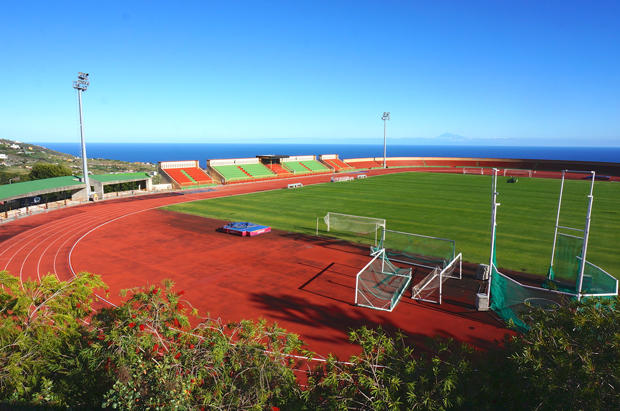
It is hard to not get side-tracked during intervals.
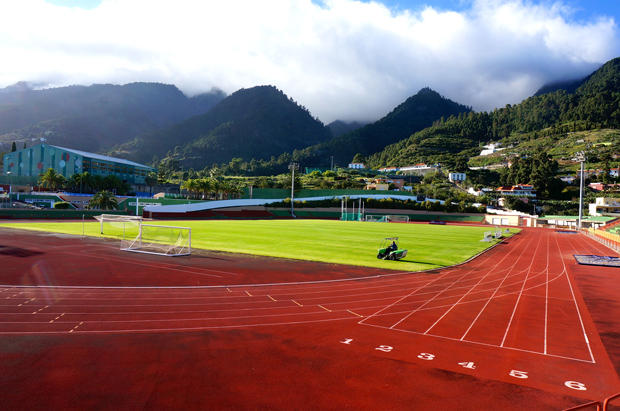
The outstanding 50 meter pool next to the track.
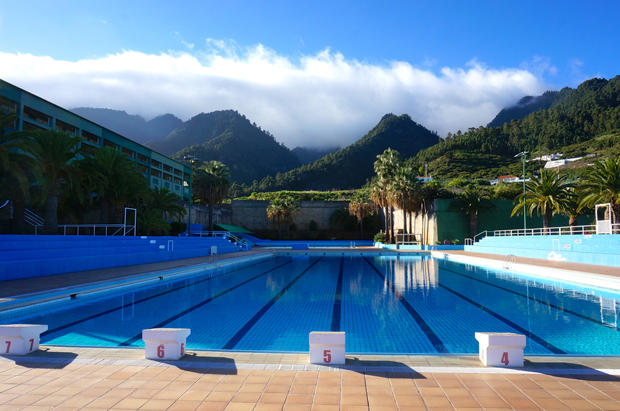
Tenerife’s highest point, the Teide mountain, can be seen on the horizon.
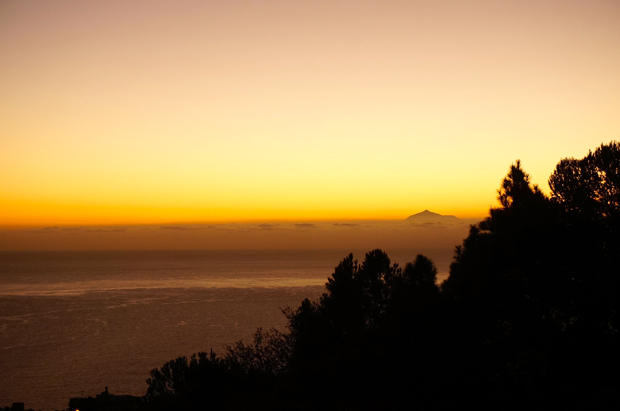
All images © Markus Roessel


